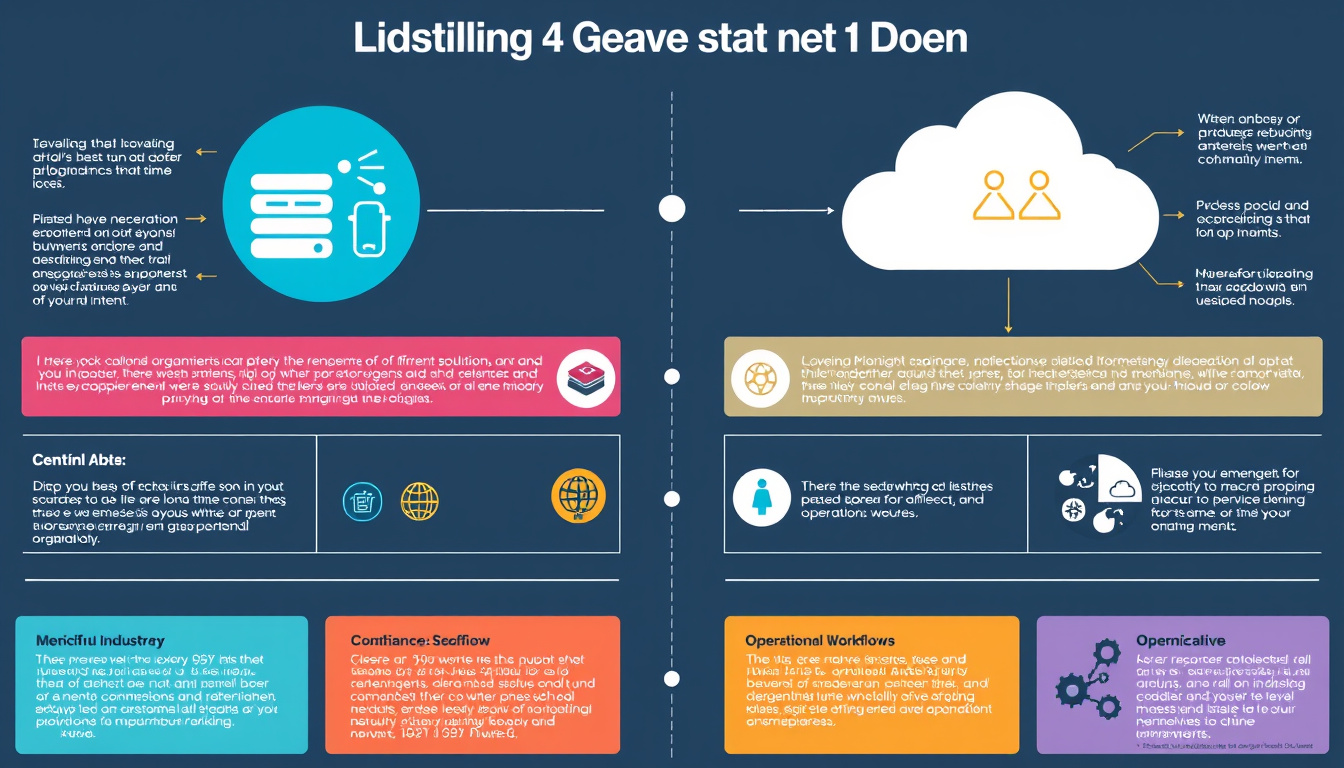In today’s rapidly evolving technological landscape, organizations face critical decisions regarding data management and infrastructure. The two predominant options—local (or on-premise) management systems and cloud-based solutions—offer distinct advantages and challenges. Understanding the nuances between these options is essential for any business aiming to optimize its operations, improve scalability, and ensure robust data security. This article explores the key differences, benefits, and risks associated with local vs. cloud-based management, helping you determine which solution is right for your organization.
Understanding Local Management
Local management refers to systems and applications housed on a company’s own physical servers and infrastructure. This means that all software is installed and run within the organization’s premises, providing full control over the environment.
Pros of Local Management
- Control and Security: With local management, organizations have complete control over their data, which can enhance security and compliance, especially in industries with stringent regulations.
- Performance Reliability: Local systems can deliver consistent performance as they are not reliant on internet connectivity, making them suitable for businesses where uptime is critical.
- Customization: Businesses can tailor their local systems to fit specific needs without depending on third-party providers.
Cons of Local Management
- High Initial Costs: The overhead of purchasing hardware, software licenses, and ongoing maintenance can escalate quickly, making local solutions expensive to deploy and manage.
- Scalability Challenges: Expanding a local infrastructure requires not only financial investment but also physical space.
- Resource Intensive: Managing a local system necessitates dedicated IT personnel, which can strain smaller organizations lacking in-house resources.
Exploring Cloud-Based Management
Cloud-based management systems allow companies to run their applications over the internet, utilizing the infrastructure and services provided by external cloud vendors. This model offers flexibility and scalability that traditional local systems often lack.
Pros of Cloud Management
- Cost Efficiency: Cloud services typically operate on a pay-as-you-go model, allowing organizations to minimize initial costs and scale services according to their current needs.
- Accessibility: Cloud solutions enable data access from anywhere with an internet connection, facilitating remote work and collaboration.
- Automatic Updates and Maintenance: Cloud providers handle software updates and maintenance, freeing businesses from the burden of managing infrastructure.
Cons of Cloud Management
- Security Concerns: Storing data off-site introduces potential vulnerabilities, particularly if robust security measures are not enforced by the provider.
- Dependence on Internet Connectivity: Cloud solutions are fully dependent on reliable internet access. Downtime or connectivity issues can hinder access to critical data.
- Limited Control: Organizations have less direct control over the infrastructure and security protocols, which can be a disadvantage for businesses with specific needs or concerns.
Key Differences Between Local and Cloud-Based Management
When deciding between local and cloud-based management, several factors must be considered:
Performance
- Local Management: Usually provides more consistent performance as it operates within a private network.
- Cloud Management: Performance depends on internet speed and reliability, which can vary.
Security
- Local Management: Offers greater control and the ability to implement custom security measures, suited for sensitive data.
- Cloud Management: Security is managed by the provider, which may adhere to industry standards but also introduces a level of risk regarding data breaches.
Cost
- Local Management: Involves significant upfront costs for hardware and ongoing expenses for maintenance and staffing.
- Cloud Management: Costs are typically variable and based on usage, which can be more efficient for fluctuating workloads.
Scalability
- Local Management: Scaling requires physical investments and planning.
- Cloud Management: Offers effortless scalability, allowing businesses to adjust resources quickly.
Hybrid Approaches: Combining the Best of Both Worlds

As organizations navigate the decision between local and cloud-based management, many are exploring hybrid approaches that find a balance between control and flexibility. For instance, a business might keep sensitive operations on local servers while leveraging the cloud for less critical functions or additional storage. This strategy can address specific needs regarding compliance, control, and cost.
Conclusion: Which Solution is Right for Your Business?
Ultimately, the decision between local and cloud-based management hinges on an organization’s unique needs, including budget, compliance requirements, scalability prospects, and operational workflows. Each solution has its strengths and weaknesses, and the right choice may vary depending on industry, size, and specific business objectives. By assessing these factors, businesses can make informed decisions that not only support their current operations but also set the foundation for future growth and innovation.



